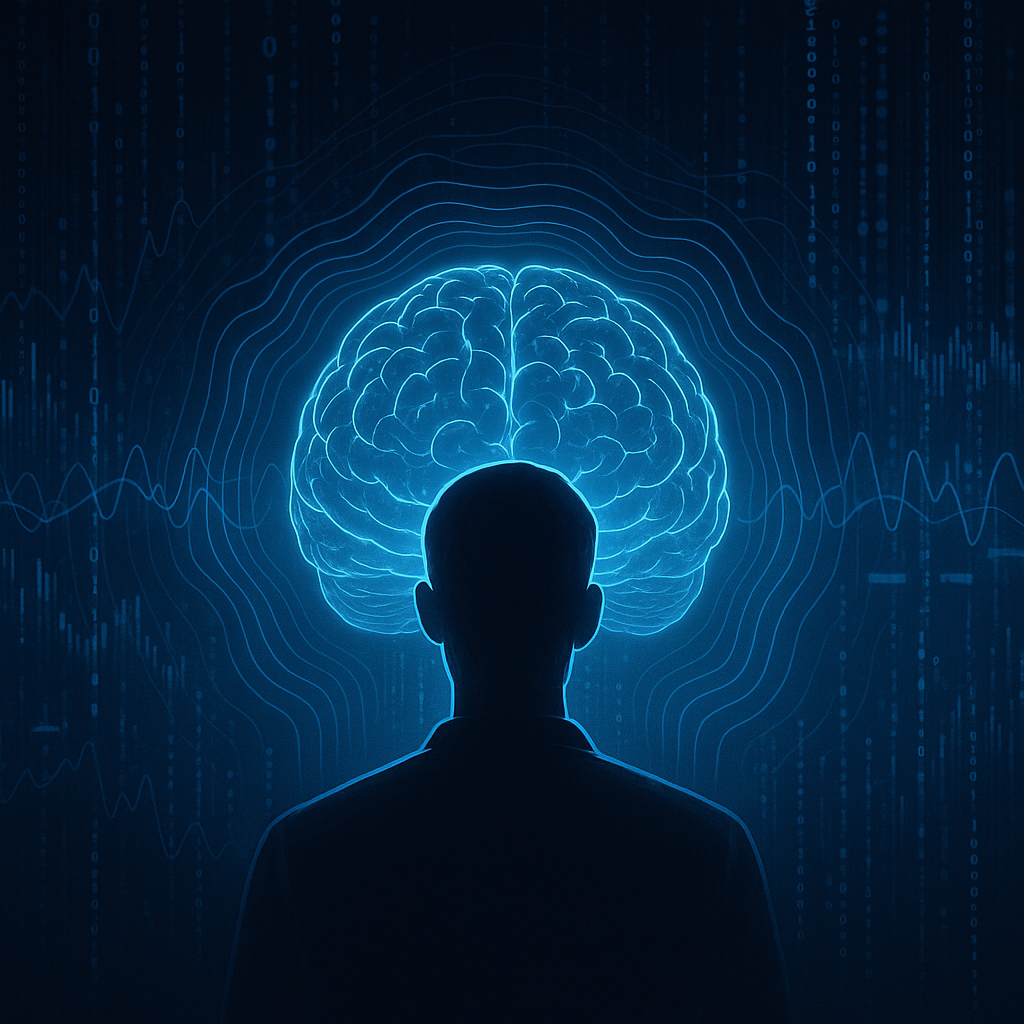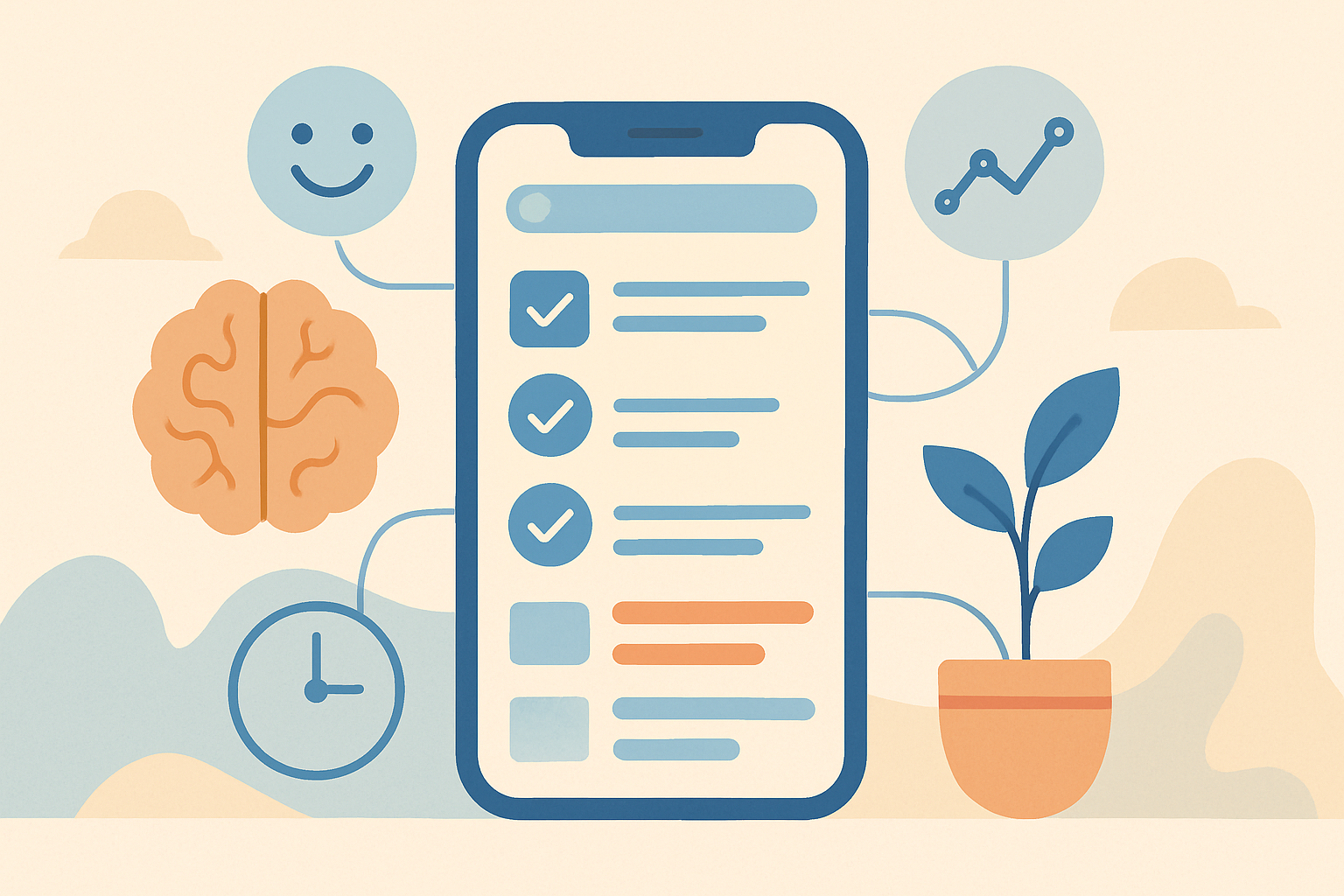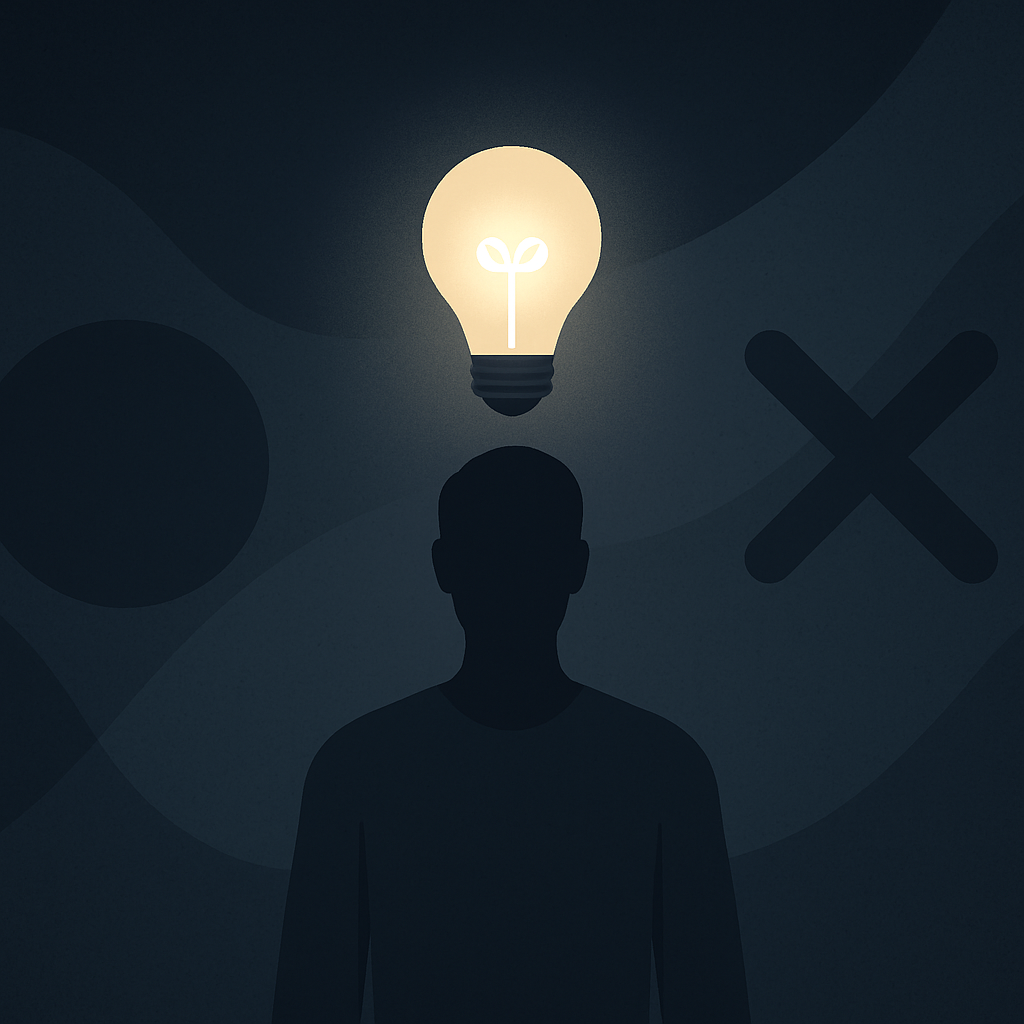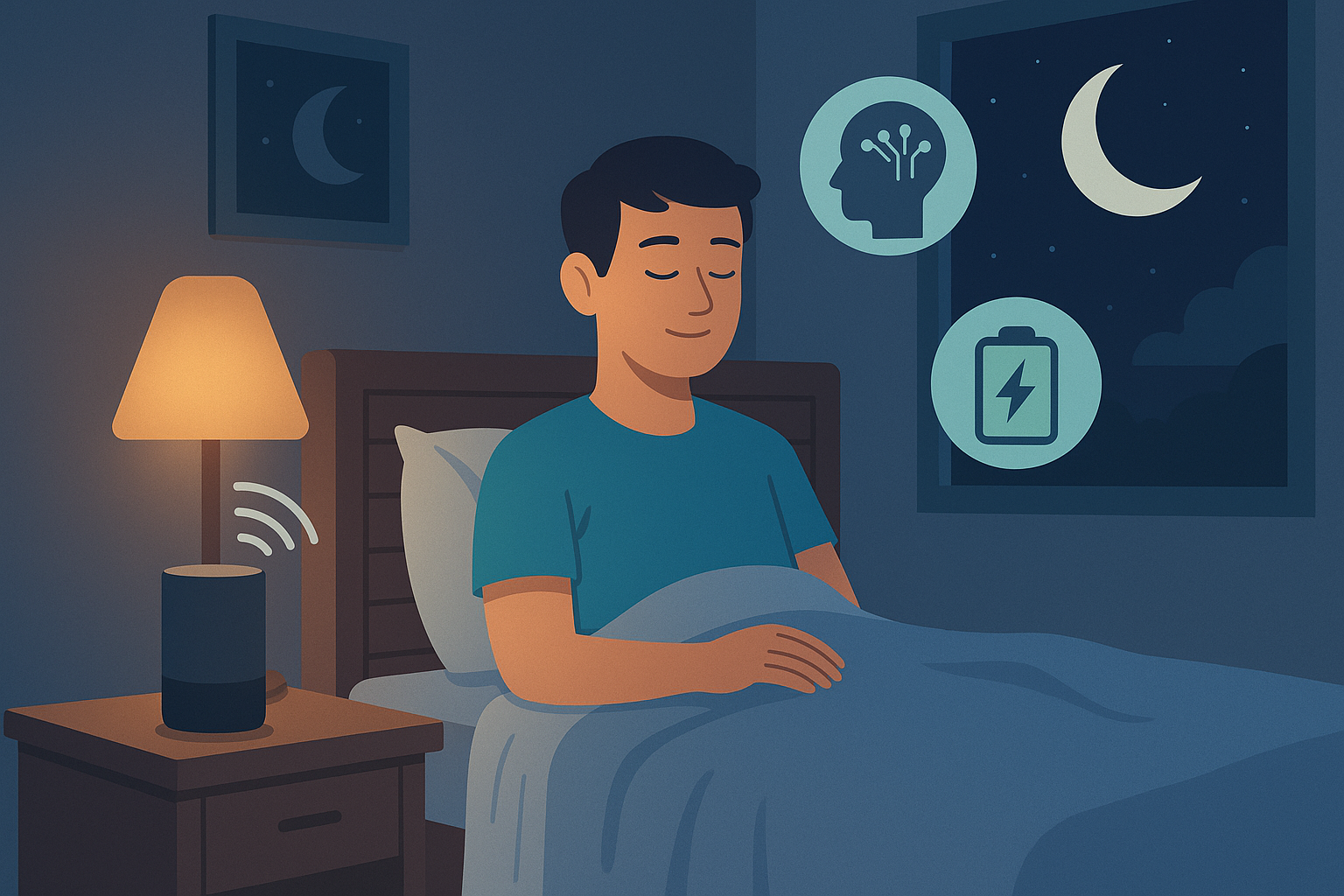Deep focus used to be a luxury. Now, it’s the foundation of meaningful work.
But in an age of hyperconnectivity, maintaining that mental stillness feels like swimming against a digital tide.
We live surrounded by alerts, messages, and algorithms built to fragment our attention.
Yet ironically, it’s another form of intelligence — artificial intelligence — that’s helping us rebuild it.
Focus has always been biological. Now it’s becoming programmable.

The Neuroscience of Deep Focus
To understand deep focus, we have to look inside the brain.
When you enter a state of immersion, your prefrontal cortex — responsible for decision-making — goes quiet.
The brain shifts control to the basal ganglia, the region that manages pattern recognition and habit.
This is flow: the zone where time dissolves and cognition runs automatically.
But there’s a catch. Flow can’t be forced.
It emerges from the right balance between challenge and clarity — something that AI can now help us design deliberately.
AI systems analyze cognitive behavior and help recreate the conditions that trigger focus.
It’s no longer trial and error. It’s data-driven attention.
How AI Understands the Mechanics of Focus
Modern AI tools track not just what we do, but how we do it.
By studying keystrokes, pauses, facial micro-expressions, and even voice patterns, they measure engagement levels with remarkable accuracy.
This data becomes feedback.
AI recognizes when you’re in deep focus — and when you’re slipping out of it.
Example:
FlowState AI monitors your typing rhythm and detects when your pace slows, suggesting breaks before mental fatigue sets in.
Reclaim AI dynamically adjusts your schedule to protect uninterrupted time blocks, while Brain.fm uses neural synchronization to maintain rhythm and flow.
In other words, focus has become quantifiable.
| Metric | What It Measures | AI Application |
|---|---|---|
| Cognitive endurance | Time spent in deep work | Reclaim AI |
| Neural rhythm | Brainwave frequency | Brain.fm |
| Task variation | Cognitive fatigue | Motion |
| Language tone | Emotional distraction | Notion AI |
Together, these signals reveal the full anatomy of your focus — something even the best productivity systems couldn’t see before.
From Neuroscience to Neural Networks
Artificial intelligence mirrors the structure of human cognition through neural networks.
By training on massive datasets, these systems replicate the same reward loops that drive our attention.
Now, those same models are being used backward — not to capture our attention, but to restore it.
AI can detect overstimulation and nudge us back into a healthy rhythm.
It becomes a guardian of deep work instead of its predator.
Example:
Notion AI analyzes your workflow, detects when you’ve been context-switching excessively, and prompts you to consolidate similar tasks.
The result is less fragmentation, fewer transitions, and longer stretches of deep focus.
The machine that once stole attention is now teaching us how to reclaim it.
Building an AI-Enhanced Focus System
Deep focus requires structure — not just discipline.
AI helps you design that structure through adaptive automation.
Imagine this setup:
- Reclaim AI blocks two hours every morning for undisturbed work.
- Brain.fm synchronizes background audio to your cognitive state.
- Motion automatically silences notifications and rearranges meetings.
- Notion AI generates a post-session reflection, identifying what helped or hindered concentration.
Your system becomes a digital exoskeleton for the mind — removing friction, predicting fatigue, and maintaining the delicate balance between effort and ease.
It’s no longer about willpower. It’s about environmental intelligence.
The Emotional Side of Focus
Focus isn’t just neural; it’s emotional.
Stress, anxiety, or overstimulation can pull you out of flow faster than any distraction.
AI helps bridge that gap by integrating emotional analytics into cognitive data.
Tools like Mindsera or Reflectly analyze your writing tone or biometric signals, revealing the emotional variables behind focus performance.
Example: when your journal entries show frustration or fatigue, your AI assistant suggests lowering task intensity or adjusting lighting.
By aligning emotional state with cognitive readiness, you stop forcing focus and start flowing naturally.
Example: A Deep Focus Day with AI
8:30 AM — Motion locks notifications.
8:35 AM — Brain.fm plays AI-generated focus tracks calibrated to your brainwave range.
9:00–11:00 AM — Reclaim AI protects your focus block and dynamically moves low-priority meetings.
11:15 AM — Notion AI summarizes the session, noting strong cognitive momentum.
Afternoon — your AI system adjusts energy management based on physiological data from your wearable.
The result? Flow without friction.
You don’t chase focus — you design it.
The Role of Data in Human Attention
The most powerful change AI brings to focus training is visibility.
For the first time, we can see our mental performance.
Graphs, feedback loops, and attention heatmaps show exactly when your mind drifts, when it sharpens, and what triggers both.
This level of awareness transforms focus from mystery to method.
You’re no longer guessing when to work — you’re collaborating with your cognition.
Table: The Components of AI-Driven Focus
| Component | Function | AI Example |
|---|---|---|
| Attention monitoring | Measures focus depth | FlowState AI |
| Neural synchronization | Enhances flow | Brain.fm |
| Environment control | Removes distractions | Motion |
| Feedback & reflection | Improves awareness | Notion AI |
Together, these create a closed loop of awareness — action — improvement.
Your brain evolves alongside your system.
The Future of Deep Work
Soon, AI will detect micro-patterns in brainwave data and adapt your workspace in real time — adjusting temperature, light, and sound to maintain deep concentration.
Your environment will breathe with your attention.
AI won’t just guide your focus — it will become an invisible part of it.
The next generation of work won’t happen in offices or apps. It will happen in flow.
Conclusion
Focus isn’t vanishing — it’s evolving.
Artificial intelligence gives us the insight and feedback to rebuild deep work in a distracted world.
The human brain still holds the power to create, imagine, and solve — but AI now gives it the structure it always needed.
When intelligence meets awareness, deep focus stops being an accident.
It becomes a system.
Further Reading & Related Insights
Internal link:
- How to Train Mental Focus in the Age of AI — Learn how to strengthen attention and build a cognitive system that adapts to you.
External links:
Blog
This section provides an overview of the blog, showcasing a variety of articles, insights, and resources to inform and inspire readers.
-

AI Habit Tracking and the New Rhythm of Modern Self-Improvement
AI Habit Tracking. Progress used to depend on discipline. Now, it depends on data.…
-

AI Decision Making and the New Discipline of Intentional Living
AI Decision Making. Every “yes” has a cost. Every time you agree to something…
-

The Perfect AI Night Routine to Sleep Better and Think Smarter
AI Night Routine. Your morning doesn’t begin when you wake up — it begins…
